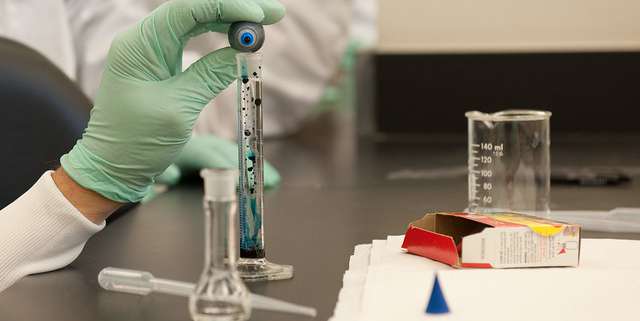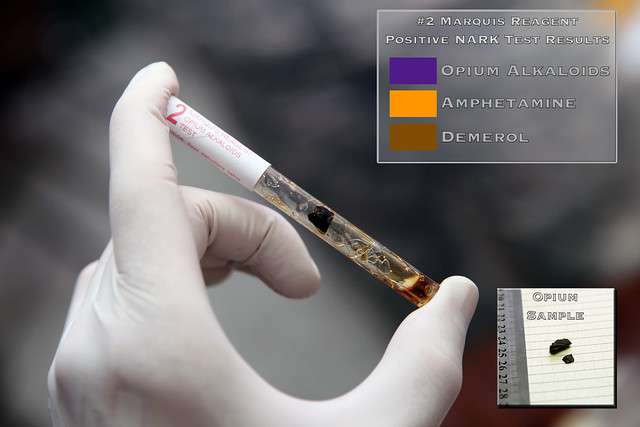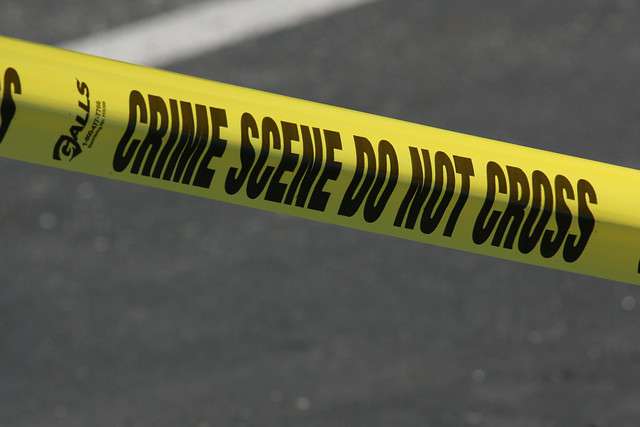
Spectroscopy is commonly used in analytical forensic pharmacology and toxicology and is valued for its non-destructive methods and accuracy. Image Source: Flickr user U.S. Army RDECOM
Just the other day I found myself in a discussion among friends about the various applications of color measurement. A good friend of mine, who works as an undercover narcotics officer, informed me that the police force relies almost daily on spectrophotometers for forensic analysis. Although I am familiar with many other uses of spectrophotometers and color analysis, this new area of spectrophotometric technology was something I wanted to delve into a bit more.



